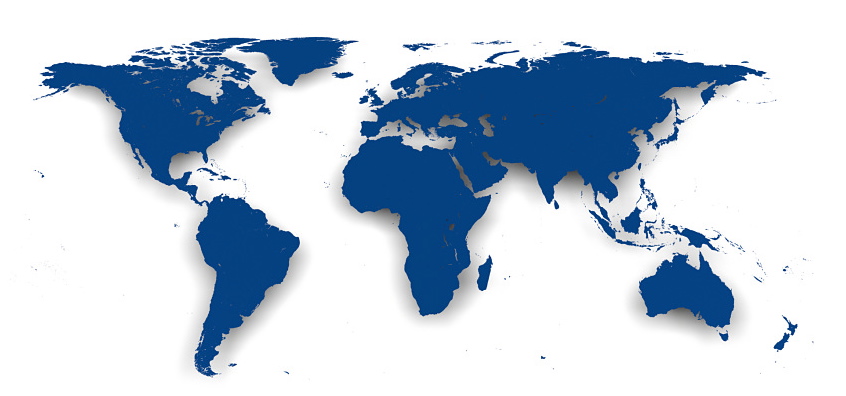
The World Health Organization (WHO,) guardian of international health statistics, released new numbers last week indicating a major upturn in the number of cancer cases worldwide.
In 2012, 14.1 million people received cancer diagnoses in 184 countries across the globe, a nearly 10 percent increase from 2008. Unfortunately, this rise translates across the board to mortality rates as well, which saw a similar 9.3 percent increase over the same period.
Lung cancer, breast cancer and colorectal cancer round out the three most common forms of the disease, comprising 13 percent, 11.9 percent and 9.7 percent, respectively, of the aggregate number of diagnoses.
Breast cancer has seen the most rapid acceleration of any other manifestation of cancer and continues to be the leading cause of cancer deaths among women. In 2012, over 6.3 million women were living with cancer diagnoses from the previous five years alone. Incidence increased 20 percent from the beginning to the end of that five-year period (2008-2012); 1.7 million women received initial diagnoses in 2012.
Unfortunately, the mortality rate for this common cancer has not slowed down, increasing by 14 percent in the study period.
The International Agency for Research on Cancer (IARC) forecasts the upward trend of aggregate cancer incidence will likely continue through and beyond the year 2025. By that time, over 19.3 million new cancer cases will lob on to the current cancer burden each year.
The increase is not inherently problematic for global health: these statistics reflect an aging global population and the planet’s sustained population growth. As more adults celebrate birthdays in their 70’s and 80’s, it follows that more are alive to receive diagnoses of cancer, a disease largely believed to arise from the effects of aging on the error-prone process of cellular reproduction.
Similarly, advances in technology have increased the accuracy and applicability of diagnostic techniques. Early detection of cancer raises incidence rates but ultimately benefits cancer patients by improving outcomes.
Unfortunately, inequalities in global death distribution fall unfavorably on developed nations. The WHO estimates over 55 percent of all cancers and nearly 65 percent of all cancer deaths in 2012 occurred in lesser-developed regions of the world. The IARC expects that this trend will continue (and likely deteriorate) as 2025 approaches.
Dr. David Foreman, Head of the IARC Section of Cancer Information, urges the global community to “develop effective and affordable approaches to the early detection, diagnosis, and treatment” of cancers in the developing world. Funds allocated toward research and development in these areas will likely generate significant returns on investment; each year, cancer-related deaths and disability cost the global economy $1 trillion in economic losses.
If properly managed, the recent rise in cancer cases will inspire focused improvements in cancer control strategies that will bridge the gap between morbidity and mortality, improve outcomes for the developed world and turn the trend on its head.
– Casey Ernstes
Sources: The American Cancer Society, Voice of America, International Agency for Research on Cancer
Photo: News at Jama



